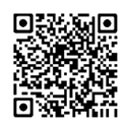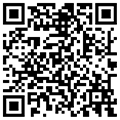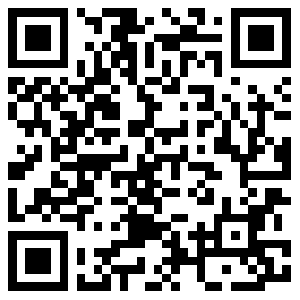由亚临床心肌缺血引发的心力衰竭。
2020年10月15日 9411人阅读 返回文章列表
In asymptomatic patients with type 2 diabetes (T2D), the prevalence of silent myocardial infarction on routine electrocardiograms is about 4% while for silent myocardial ischemia it is 20–30%. Some studies showed that silent myocardial infarction is associated with an increased risk of incident heart failure (HF), whereas no prospective study has ever reported such a risk in patients with silent myocardial ischemia. In patients with HF, however, previously unrecognized coronary artery disease (CAD) often seems to be involved. Brain natriuretic peptide (BNP) and N?terminal pro-BNP (NT-proBNP) levels represent first-line diagnostic tools for patients with suspected HF and might also serve as biomarkers for silent CAD. Echocardiography provides a detailed report of cardiac alterations that includes changes suggestive of ischemia, heart failure, and left ventricular dysfunction in addition to strong prognostic indices. Diabetic patients with silent myocardial infarction or silent myocardial ischemia should be screened for asymptomatic changes in left ventricular function or structure. In patients with silent CAD, all risk factors need to be better controlled and the choice of antihyperglycemic agents adjusted. In patients with congestive HF and no obvious cause of HF, invasive coronary angiography (or noninvasive computed tomography angiography) should be performed to detect CAD, since the finding of CAD may involve revascularization and requires additional treatments including antiplatelet agents and statins. Future research is needed to examine the cost effectiveness of screening for silent myocardial ischemia as part of HF risk assessment, and to identify preventive therapies to lower the risk of HF among patients with silent myocardial infarction.

 浙公网安备
33010902000463号
浙公网安备
33010902000463号



